



Roxburghshire | 1128
The Lordship and Barony of Halydean (pronounced ‘Hollydeen’, and also spelled ‘Holydean’) is a Scottish feudal Crown Barony in Roxburghshire in the neighbourhood of Kelso along the River Tweed. This area along the Tweed is home to the Scottish border clans, including the Armstrongs, Douglases, Elliots, Johnstones, Kers, Moffats, and others.
when he erected the Lordship and Barony of Halydean on 3 May 1128 in regnum & peerum. It is hard to imagine when one sees the fragmentary remains of Kelso Abbey today, but it was once the richest and most influential abbey in the Borders. The Abbot of Kelso was the local lord, who ruled one of the most powerful ecclesiastical burghs in all of Scotland. This burgh was rivaled only by the burgh of St. Andrews.
Crown Charter David I (courtesy Baron of Halydean)
King David‘s new Royal Burgh of Roxburgh was intended as the administrative centre for southern Scotland at the confluence of the rivers Tweed and Teviot, and the abbey‘s location led it to become the most powerful in the Borders.
and owned granges, mills, fisheries, salt-works, and breweries in estates stretching from Aberdeen to Ayr. These abbot-barons were part of the peerage of Scotland.
Unfortunately, that prosperity was not to last. The abbey’s location close to the English border made Kelso an easy target for the armies that fought back and forth across the region during the early 14th century Wars of Independence. The abbey had to be repaired on several occasions after military action.
Dedication plaque at Kelso Abbey © 2010 Postdlf (CC BY-SA 3.0)
as part of a deliberate campaign targeting the major monasteries of the Borders. Then in 1560 the Scottish Reformation effectively ended monastic houses in Scotland.
In 1607, the last Commendator of the Abbey, Robert Ker, was granted the lordship and barony as a secular estate. He was at the time Lord Roxburghe, and in 1616, was created 1st Earl of Roxburghe. One of his successors was created Duke of Roxburghe for the important role he played in bringing about the Acts of Union of 1707, uniting England and Scotland as a single country.
in the traditional Scottish manner to a member of Clan Moffat, a Scottish border clan. Taylor Moffitt of Halydean is the present Baron of Halydean, the 15th since secularization in 1602. The heir apparent is Ewan Moffitt of Halydean.






Roxburghshire | 1128
The Lordship and Barony of Halydean (pronounced ‘Hollydeen’, and also spelled ‘Holydean’) is a Scottish feudal Crown Barony in Roxburghshire in the neighbourhood of Kelso along the River Tweed. This area along the Tweed is home to the Scottish border clans, including the Armstrongs, Douglases, Elliots, Johnstones, Kers, Moffats, and others.
when he erected the Lordship and Barony of Halydean on 3 May 1128 in regnum & peerum. It is hard to imagine when one sees the fragmentary remains of Kelso Abbey today, but it was once the richest and most influential abbey in the Borders. The Abbot of Kelso was the local lord, who ruled one of the most powerful ecclesiastical burghs in all of Scotland. This burgh was rivaled only by the burgh of St. Andrews.
Crown Charter David I (courtesy Baron of Halydean)
King David‘s new Royal Burgh of Roxburgh was intended as the administrative centre for southern Scotland at the confluence of the rivers Tweed and Teviot, and the abbey‘s location led it to become the most powerful in the Borders.
and owned granges, mills, fisheries, salt-works, and breweries in estates stretching from Aberdeen to Ayr. These abbot-barons were part of the peerage of Scotland.
Unfortunately, that prosperity was not to last. The abbey’s location close to the English border made Kelso an easy target for the armies that fought back and forth across the region during the early 14th century Wars of Independence. The abbey had to be repaired on several occasions after military action.
Dedication plaque at Kelso Abbey © 2010 Postdlf (CC BY-SA 3.0)
as part of a deliberate campaign targeting the major monasteries of the Borders. Then in 1560 the Scottish Reformation effectively ended monastic houses in Scotland.
In 1607, the last Commendator of the Abbey, Robert Ker, was granted the lordship and barony as a secular estate. He was at the time Lord Roxburghe, and in 1616, was created 1st Earl of Roxburghe. One of his successors was created Duke of Roxburghe for the important role he played in bringing about the Acts of Union of 1707, uniting England and Scotland as a single country.
in the traditional Scottish manner to a member of Clan Moffat, a Scottish border clan. Taylor Moffitt of Halydean is the present Baron of Halydean, the 15th since secularization in 1602. The heir apparent is Ewan Moffitt of Halydean.








Contact
Forum for the Scottish Baronage, c/o Brodies LLP, Capital Square, 58 Morrison Street, Edinburgh EH3 8BP, Scotland UK
Copyright
Copyright 2022, Forum for The Scottish Baronage, as a collective work, all additional rights to content contributed and/or licensed contained herein are expressly reserved to such contributors and licensors as independently owned and protected copyrighted works.



